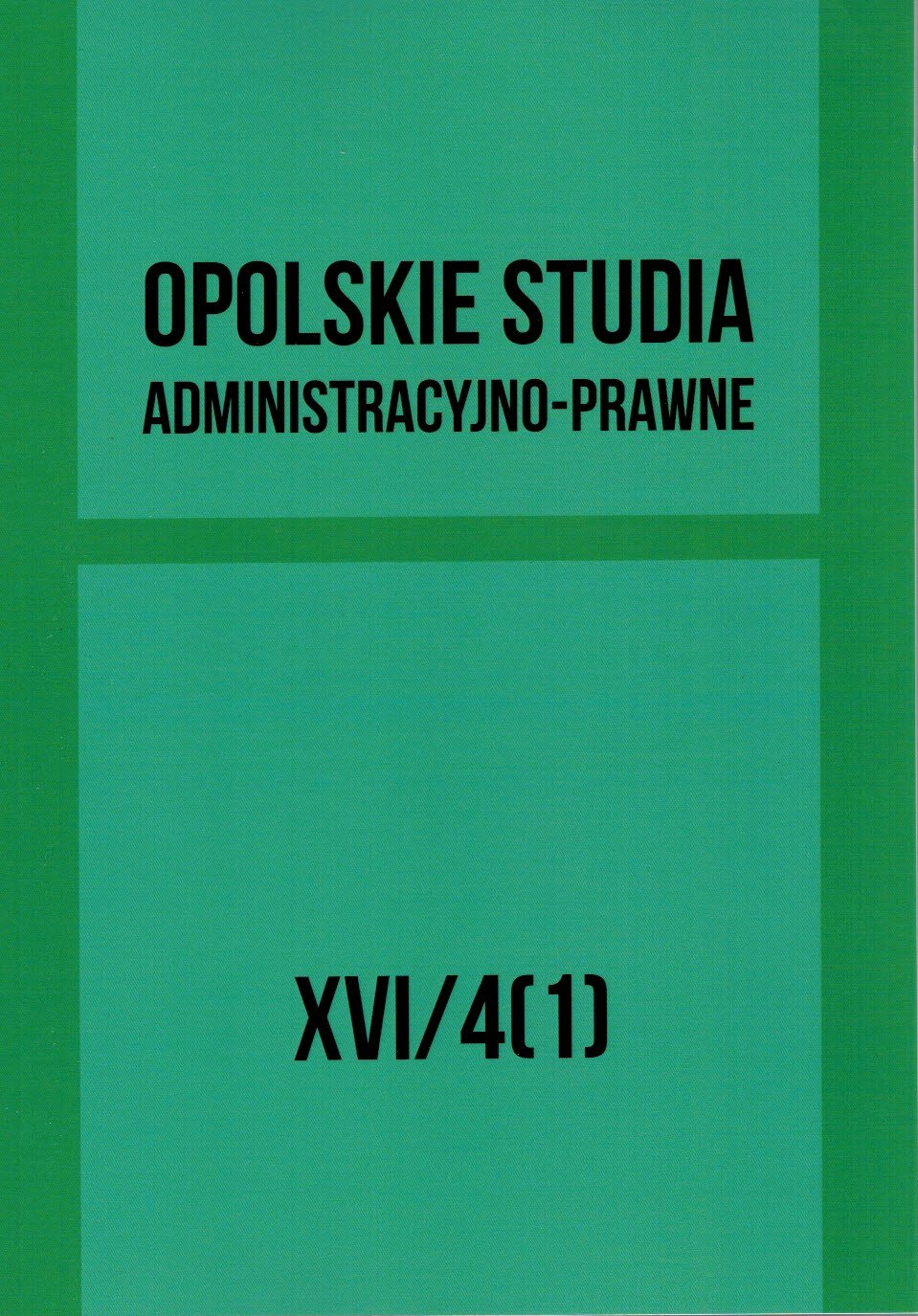Procesy i egzekucje „żywych trupów” przed sądami miejskimi i wiejskimi w XVI–XVIII wieku – przyczynek do wierzeń w magia posthuma na Śląsku
Trials and executions of the “living dead” before municipal and rural courts in the 16th to 18th century as a contribution to the beliefs in magia posthuma in Silesia
Author(s): Daniel WojtuckiSubject(s): History of Law
Published by: Uniwersytet Opolski
Keywords: vampire; magia posthuma; witchcraf; suicide; folk beliefs; death; Silesia; Moravia; 16th–18th century; the early modern period; gallows; places of execution; executioner; punishment; decapitation; pol
Summary/Abstract: There are references reaching back to the Middle Ages, regarding the fear of the “undead” or “living dead” who would rise from their graves in a local cemetery to haunt and harm the community. The fear of the “undead” was extremely strong, and the entailing hysteria often affected entire communities. In the 16th to the 18th century, in Silesia, effective forms of coping with the harmful deceased were developed. Analysing the preserved source material, we are able to determine that the basic actions involved finding the grave of the “undead” in the cemetery, exhuming the corpse and destroying it. However, this did not always mean the total annihilation of the poor man’s corpse. The trial and execution of the corpse of a person suspected of the harmful activity against the living took place observing almost the same rules as in the case of the living. Apart from the authorities, who usually commissioned local jurors to handle the situation, opinions and advice were also sought from the clergy as well as gravediggers and executioners. The last were considered to be experts of sorts and were often called upon to see corpses of the suspected dead. In the analysed cases of posthumous magic (magia posthuma) in Silesia, we deal with two directions of handling the corpse accused of a harmful posthumous activity. In both cases, the main decision was made to remove such corpses from the cemetery’s area. Costs of the trial and execution of the “undead” were considerable. They included expenses incurred due to rather frequent court hearings at which sometimes dozens of witnesses were heard, payments to expert witnesses, payments to guards watching graves, costs of legal instructions, services of gravediggers who would dig up suspicious graves, and, finally, the remuneration of executioners and their people. In the second half of the 18th century, despite relevant decrees issued by supreme authorities, trials and executions of the dead were not completely abandoned.
Journal: Opolskie Studia Administracyjno-Prawne
- Issue Year: XVI/2018
- Issue No: 4(1)
- Page Range: 77-92
- Page Count: 16
- Language: Polish

